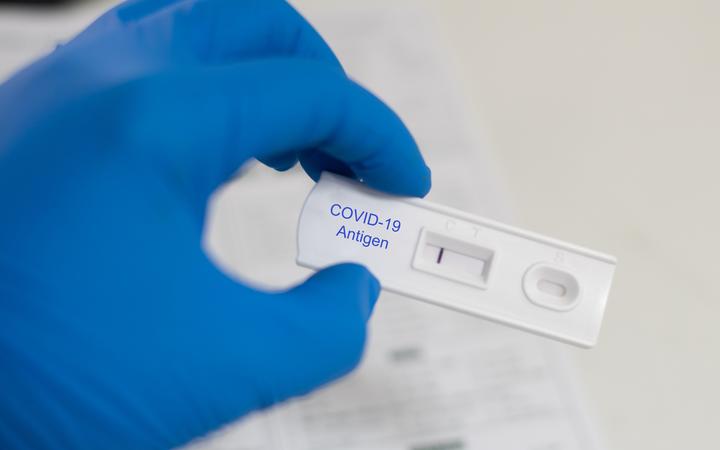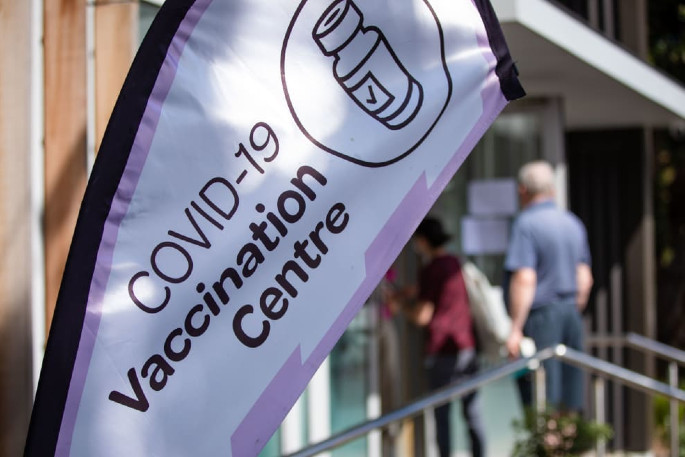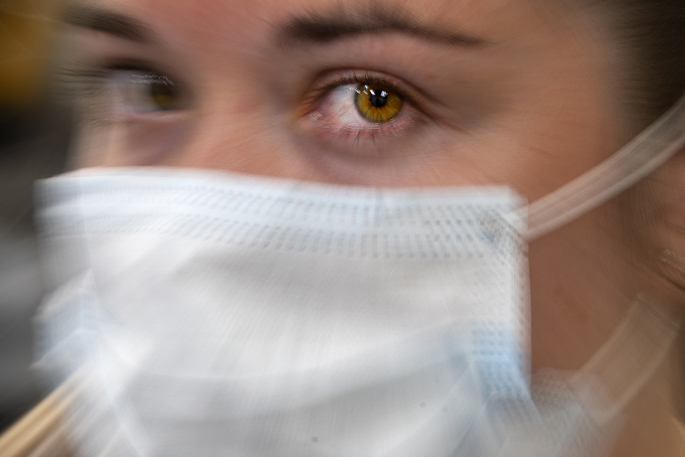New Zealand, Australia and many countries are experiencing a further Omicron wave driven by the latest BA.4/BA.5 subvariants. Our response to this threat is remarkably laissez-faire compared with past approaches, as society has pivoted more to "living with the virus".
But in both New Zealand and Australia, there's a real risk current policy settings will be insufficient to prevent health services being overwhelmed - and more will need to be done in coming weeks.
We might squeak through under current policy settings if many more of us get vaccinated, wear masks, and isolate well when sick.
So, how do New Zealand and Australia compare on key policy settings?
Free masks? And what kind?
New Zealand: Free masks for all in Aotearoa - available from testing centres, marae and community centres, and provided directly to schools. Some 16 million surgical masks have been distributed in the last two months, as well as 3 million N95 masks (the latter to high risk and vulnerable people).
Australia: Free masks are occasionally distributed to certain groups (for example, some schools might have them). But access is extremely variable.
In both New Zealand and Australia, there's a real risk current policy settings will be insufficient to prevent health services being overwhelmed.
Free Rapid Antigen Tests (RATs)?
New Zealand: Access is similar to masks. 10.4 million free RATs distributed in last two months.
Australia: The federal government will not extend free rapid antigen tests for concession card holders past 31 July. New South Wales and Victoria make RATs available for free for some under certain circumstances. But nationwide, access to free RATs is variable and limited. (One of us - Tony Blakely - received four free RATs on arrival in New Zealand, and zero on arrival in Australia.)

Rapid Antigen Test. Photo: File/SunLive.
Accessing antivirals - and do you need to go to the GP?
There are two oral antivirals available in both countries: Paxlovid and Lagevrio.
Both are effective at preventing disease progression (for example, stopping you ending up in hospital) if taken within five days of symptom onset.
New Zealand: Available to higher risk groups - access has been expanded from 2 per cent to 10 per cent of cases. Available by prescription from GP and directly from pharmacist. No cost if you're eligible.
Australia: Available to certain higher risk groups. Prescription needed from GP. Co-payment of $A42.50 ($6.80 if concession card).
New measures are being rolled out to help tackle COVID-19 and flu to reduce pressure on the health system and health workers.
— Unite against COVID-19 (@covid19nz) July 14, 2022
Modelling suggests we're at the beginning of a second Omicron wave, with the more infectious BA.5 variant becoming the dominant strain in the community. pic.twitter.com/FfJmThJuj8
Vaccines?
Both countries are gradually widening access. Differences in one point in time may not be present in a few weeks. That said, as of mid-July 2022:
New Zealand: Primary course (that is, the first two vaccines) available for all people five years and older. First booster available to all 16+ year olds. Second booster (that is, the fourth dose) available to all 50+ year olds (but targeted more to 65+ year olds, unless Māori or Pasifika, in which case all 50+ year olds prioritised). Free. Vaccines mandatory for health and disability sector workers.
Australia: Primary course and first booster eligibility the same as in New Zealand. However, second booster encouraged for immunocompromised and all 50+ year olds, and available to 30-49 year olds if they wish. Free. Vaccines mandatory for some workers in some settings.

Both countries are gradually widening access to vaccines. Photo: RNZ / Angus Dreaver.
Income support for people who test positive?
New Zealand: Several forms of assistance, including Covid-19 Leave Support Scheme for people who need to self-isolate.
Australia: Very restricted availability.
Mask mandates?
New Zealand: Mandatory for public transport, retail, visiting health care and aged care facilities, and public venues.
Australia: Mandatory in aged and health care settings, on public transport and some other settings (but compliance is low).
Actual mask wearing is higher in indoor environments in New Zealand, based on direct observation in both New Zealand and Victoria by one of us - Tony Blakely - during July.

Mandatory self-isolation?
New Zealand: Mandatory seven days' self-isolation following positive test result. Household contacts also need to isolate for seven days, unless they have had Covid-19 in the last three months.
Australia: If you test positive for Covid-19 you must immediately isolate. However, the circumstances under which you can leave isolation may depend on which state you're in. Household members in many places don't have to isolate, as long as they have no symptoms.
Is either country getting it right?
Based on the above criteria, New Zealand is clearly "winning". But getting policy settings right over the long haul is about more than just having the most favourable assessment on some selected (but important) criteria.
If the goal is to minimise hospitalisations, deaths and long-term illness, there is an argument for minimising infections by shifting from mitigation towards a suppression strategy.
Longitudinal studies are increasingly showing high rates of reinfection, which carry many of the same health consequences as the initial infection.
As the pandemic goes on (and on and on) we need to increasingly consider cost-effectiveness.
Giving out free RATs to all is a cost to governments, and carries sustainability consequences. Such interventions need to be effective and compared with alternative approaches.
These are complex decisions - and hard to quantify. We do not have a good enough crystal ball to know what is "right" now; we will, unfortunately, only know with the benefit of hindsight.
Written by Tony Blakely* and Michael Baker of The Conversation/RNZ
* Tony Blakely is Professor of Epidemiology at the Population Interventions Unit, Centre for Epidemiology and Biostatistics, Melbourne School of Population and Global Health, The University of Melbourne; and Michael Baker is Professor of Public Health at University of Otago.



4 comments
DOING WHAT'S RIGHT
Posted on 17-07-2022 10:14 | By fair game
The Government is doing the very best that they can - what is causing the spread of the disease is idiots not wearing masks at indoor venues like supermarkets. Until everyone follows the rules, they will blame the Government. And as for mask exemptions - if there truly is a medical reason, then why not wear a facial shield? Maybe supermarkets have an hour per day when unmasked people can get in, otherwise no entry without a mask. It seems ludicrous having " masks mandatory" signs everywhere, but no one wearing masks!! Why bother having the signs?? Much preferred the days when we had to line up, and everyone wearing masks.
Masks
Posted on 17-07-2022 12:33 | By Kancho
Increasingly people are not wearing masks . Seems everywhere I go in shops and even on buses some people are not wearing masks or have their nose uncovered so useless. Elderly seem to understand it's in their best interest but much less for other age groups. Today a brief shop for milk a middle aged women real close wouldn't keep away from me as I tried to get some space. Another group a family of teen-agers and parents blocking aisles with no masks .
Re Masks
Posted on 17-07-2022 13:29 | By Merlin
At local dairy 8 customers and only 1 wearing mask and that was me plus those of the Dairy staff. This is regular occurrence and the aisles are narrow and have had people coughing in there. Unfortunately you can lead a horse to water but you can't make it drink.
Not much more to say
Posted on 17-07-2022 15:50 | By The Professor
Absolutely agree with the comments made by Merlin, Kancho and Fair Game. Come on Kiwis, do your bit to help and follow the rules....mask up when required to do so and stop being dicks!
Leave a Comment
You must be logged in to make a comment.